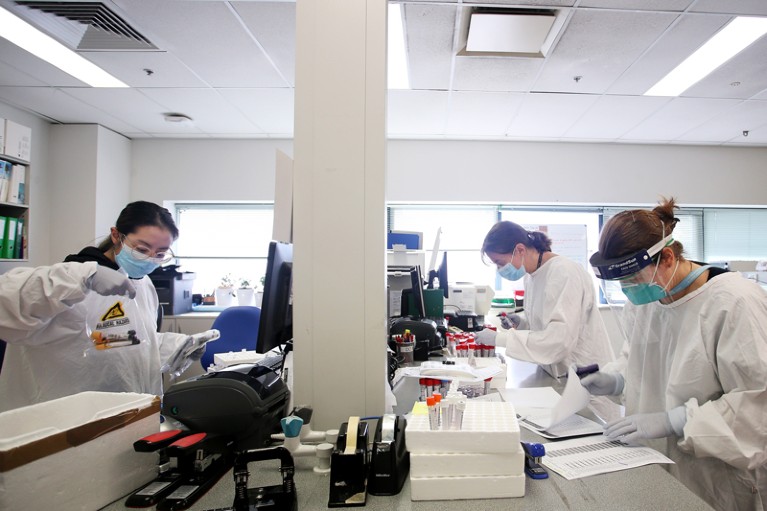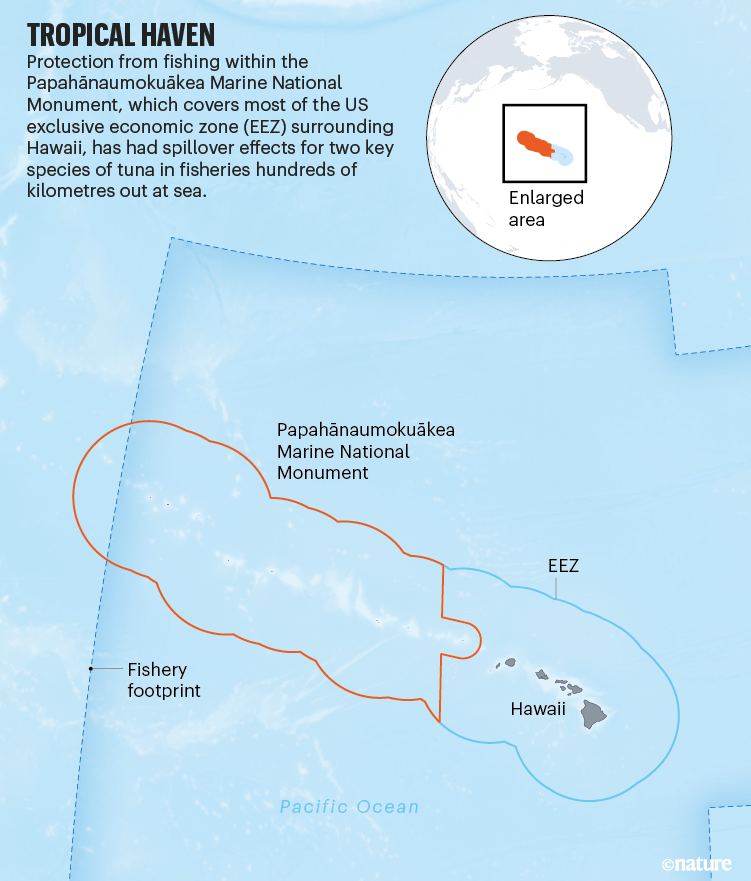
Last year, female researchers received Aus$95 million less than male researchers in investigator grants from the Australian National Health and Medical Research Council.Credit: Lisa Maree Williams/Getty
Australian research agency introduces ‘Game-changing’ gender quotas
In an attempt to achieve gender equity, Australia’s leading health and medical research funding organization plans to award half of its research grants for its largest funding programme to women and non-binary applicants, starting next year.
The National Health and Medical Research Council (NHMRC) announced the move last month. It will apply to researchers at the mid-career and senior level applying for the agency’s investigator grants, which fund research and salaries. Grants will also be fixed at Aus$400,000 (US$252,000) per year for five years. Many countries struggle to achieve gender equity in research funding, and the NHMRC will be one of the first agencies to introduce gender quotas at this scale, say researchers.
“It’s game-changing,” says Anna-Maria Arabia, chief executive of the Australian Academy of Science in Canberra. The plan “directly removes a barrier that’s historically led to attrition in the research workforce and has led to the significant under-representation of women at senior levels”, she says.
In 2021, 254 investigator grants were awarded, worth Aus$400 million in total. But when two researchers in Melbourne reviewed the data, they found that men had received 23% more of the grants, worth an extra Aus$95 million, than had women. There was an outcry from researchers. This year, the agency conducted its own review of investigator-grant outcomes from the past three years and found that the biggest gap was among the most senior researchers. A subsequent discussion paper and consultations with researchers informed the latest decision.
The NHMRC has been working for a decade to address gender inequity in its grant funding. For example, in 2017, it introduced ‘structural priority funding’, which reserves extra money — around 8% of the overall grant budget — for high-quality ‘near-miss’ research applications led by women.
But this did not address the gender imbalance among the most established researchers. In 2021, only 20% of the applicants in this group were women.
The council will be looking to see whether awarding equal numbers of grants by gender leads to an increase in the number of senior women applying for leadership grants.
No-fishing zone boosts tuna catch rates
Large no-fishing areas can drive the recovery of commercially valuable fish species, a study suggests. Researchers examined ten years’ worth of fisheries data from the vicinity of Papahānaumokuākea Marine National Monument, a 1.5-million-square-kilometre protected area off the northwestern Hawaiian islands.
They found that after the area expanded in 2016, catch rates — the number of fish caught for every 1,000 hooks deployed — went up (S. Medoff et al. Science 378, 313–316; 2022). The increases were greater the closer the boats were to the no-fishing zone. At up to 100 nautical miles, the catch rate for yellowfin tuna (Thunnus albacares) increased by 54%, and that for bigeye tuna (Thunnus obesus) by 12%. The size of the protected area probably played a part in the positive effects, as did the fact that it runs from west to east, allowing tropical fish to move in their preferred temperature range without leaving the zone.

SOURCE: S. Medoff et al.

